
According to the artisans of Xuan La to he village (Phuong Duc commune, Phu Xuyen, Hanoi ), in the past, to he made of powder was used for offerings, after playing with it, children could eat it. To he has a color quite similar to real things and is mixed with a little sugar so it can be eaten. Later, the product was attached to a trumpet, at the tip of the trumpet was brushed with a little malt, when blown it made a "to te" sound, so perhaps people called it "to te", later it was mispronounced as "to he".
In some regions in the North, people also call it "con banh" because besides the shapes of animals, people also mold the dough into banana bunches, areca nuts, pig's feet, sticky rice plates... to create trays of offerings to bring to the temple.
Nowadays, in many folk festivals, walking streets, or other public entertainment places, besides modern games, the to he stalls still attract many children. In the walking street of Hoan Kiem Lake (Hanoi), the Ba Kieu Temple area always has artisans who not only sell to he products but also instruct children on how to make to he. This form of experience helps children understand more deeply about the traditional art of making to he...
And today's to he shapes are much more diverse than before. Not only traditional shapes, artisans have researched and molded shapes that children today love such as Princess Elsa, superheroes, Spiderman, Doraemon, Pokemon... Many foreign tourists have stopped to learn and experience the traditional Vietnamese to he molding craft.
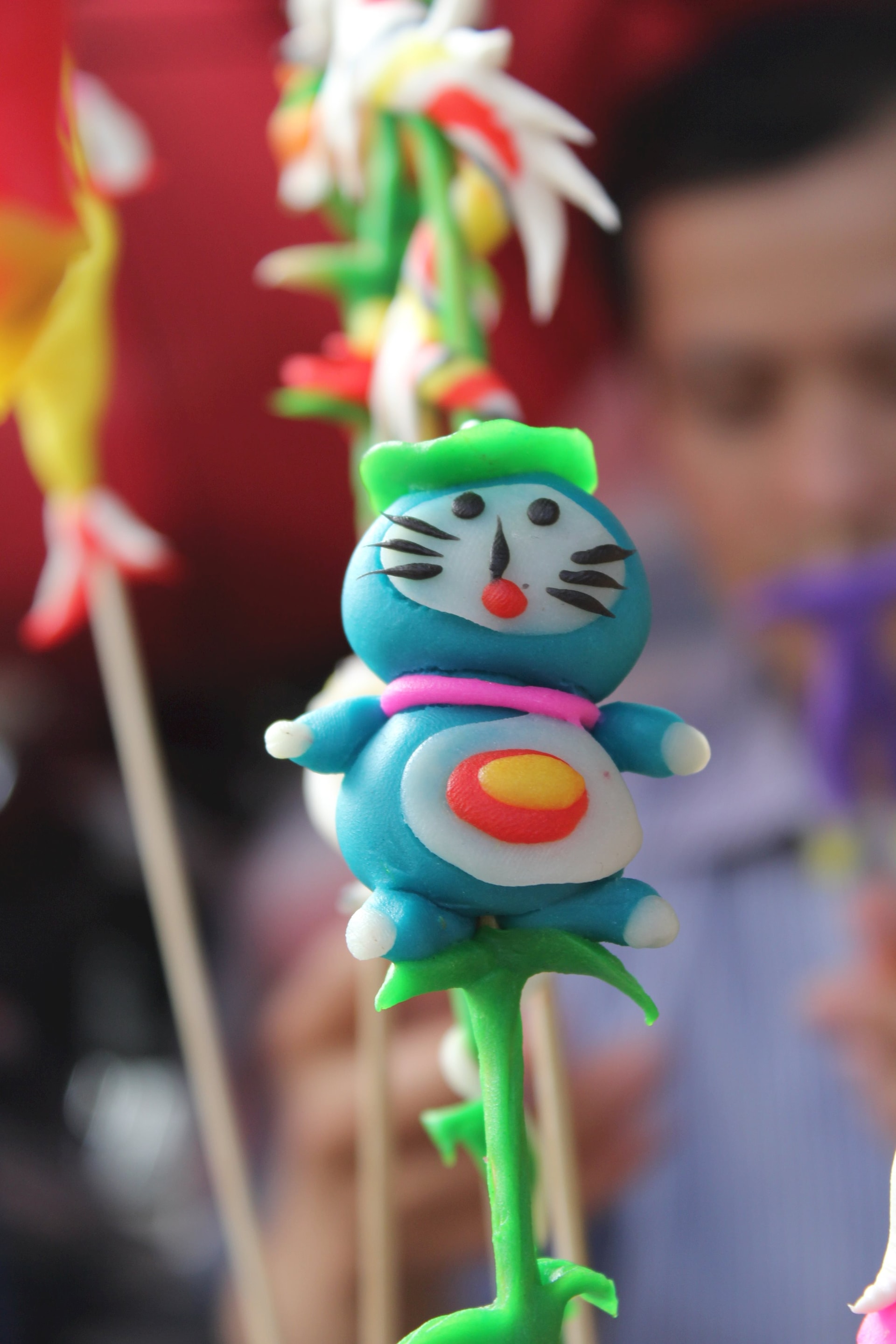
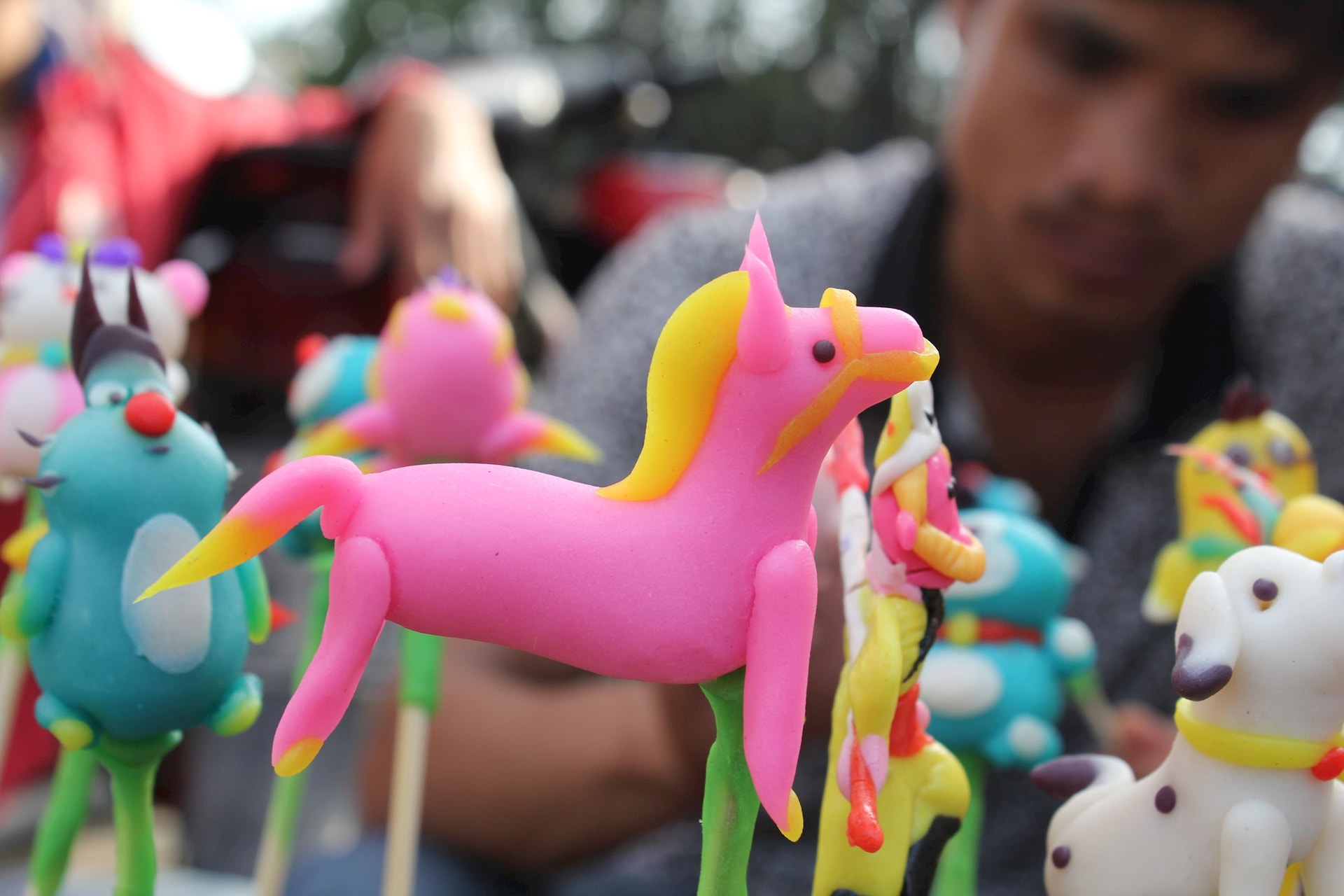



Source: https://daidoanket.vn/chuyen-dong-voi-to-he-10291141.html




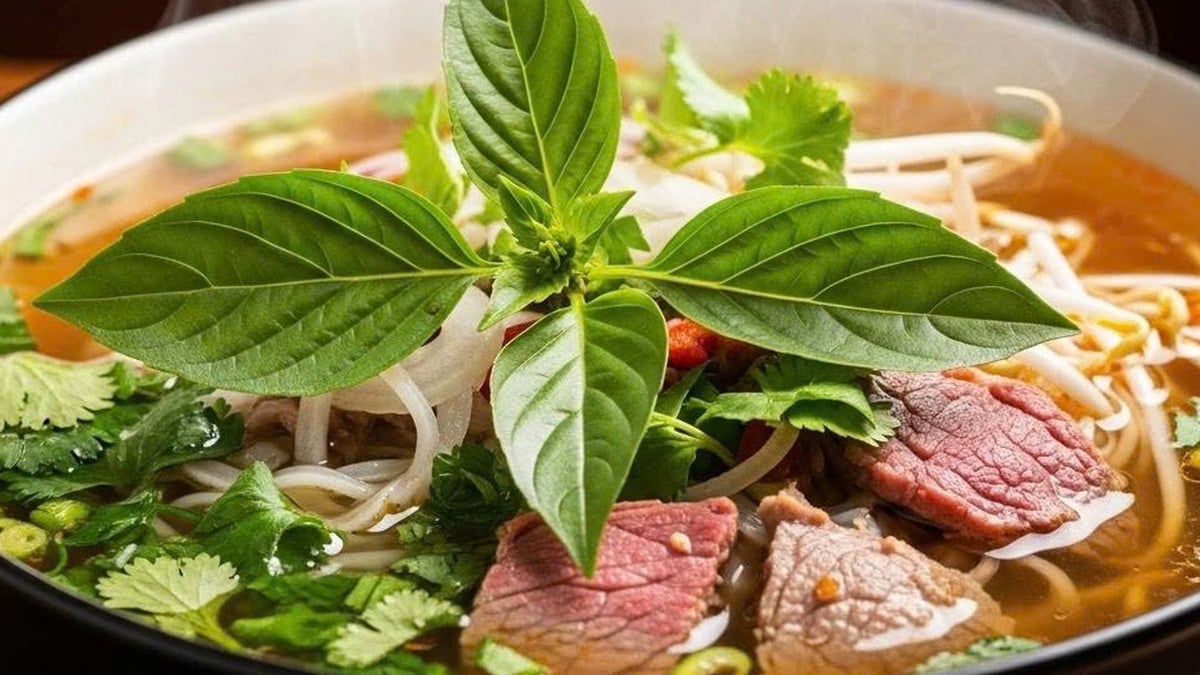

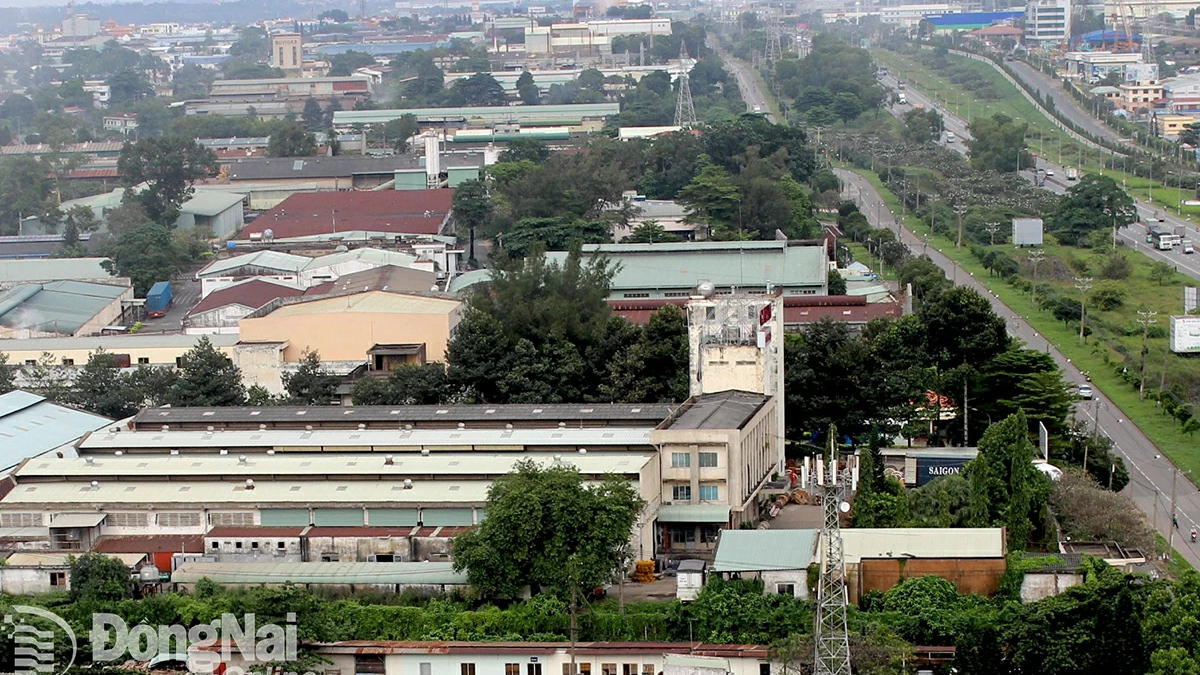
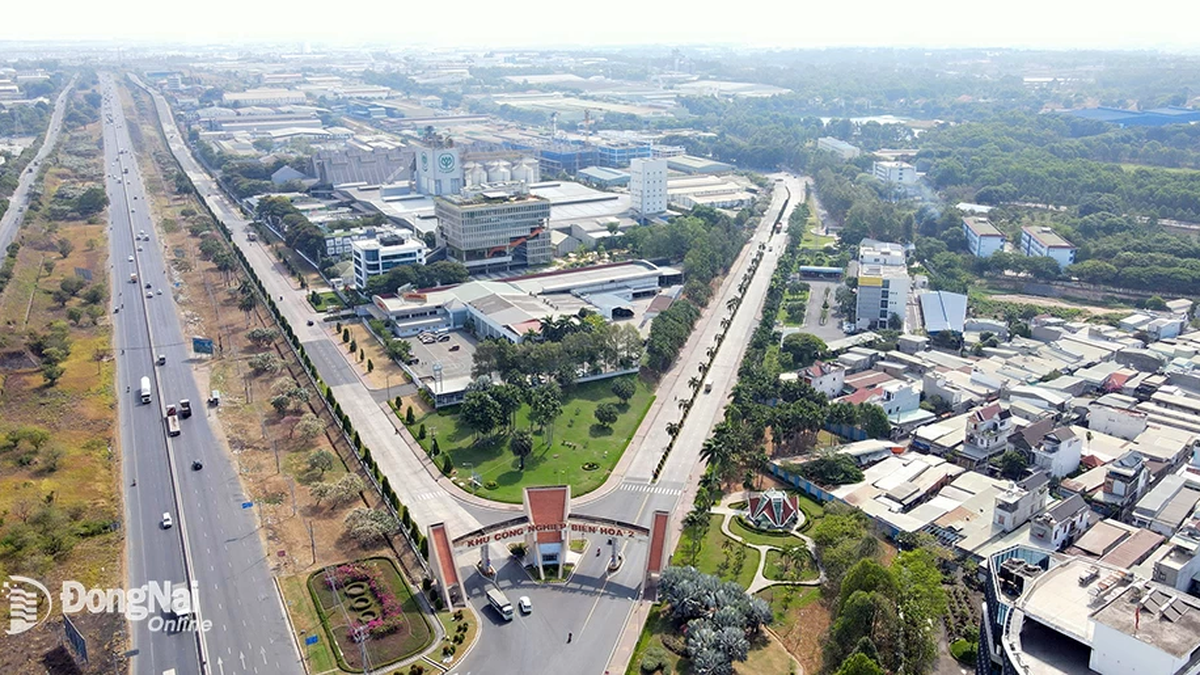
































































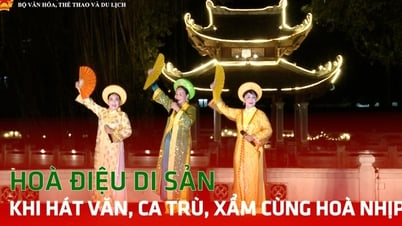




























Comment (0)